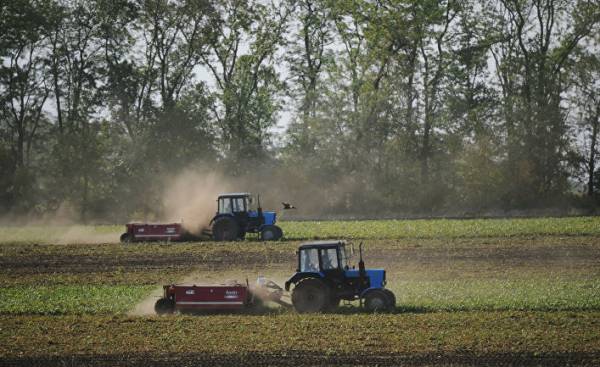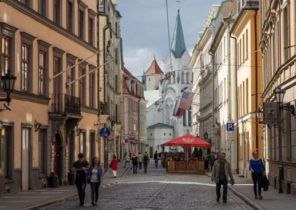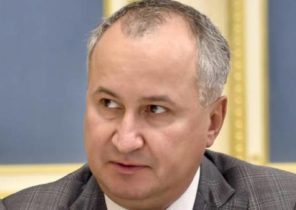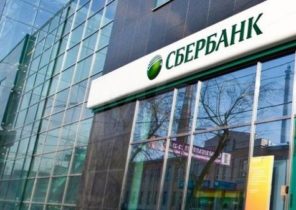
When the EU and US have imposed sanctions against certain sectors of the Russian economy in response to a military intervention in Ukraine, some local officials see new possibilities. According to them, along with the falling ruble it can stimulate the development of domestic business, favouring import substitution and making export goods more competitive.
Many Western analysts and investors were skeptical. But at least in one sector of the economy — agriculture and related areas — optimism was justified. Last year Russia was the largest grain exporter in the world, selling more than 34 million tons. Total grain production in Russia broke the record, reaching 119 million tons. The scale is amazing, because just 15 years ago, Russian grain exclusively purchased.
Success is not limited to grain. Russia has fully replaced imported pork and poultry products of domestic production. It has become one of the leading producers of sugar beets and the production of greenhouse vegetables increased by 30% compared to last year.
Although agriculture is still far behind the oil and gas sector, it has surpassed the sale of arms and became the second largest export sector in Russia.
In fact, Western sanctions have this little relationship. A weaker ruble, which boosted exports and made imports more expensive, was primarily the result of falling oil prices. The sanctions, which contributed to import substitution, was introduced by Russia itself — allegedly in response to the many bans on the importation of products. These sanctions, perhaps even harder hit, Russian consumers deprived of their favorite foods like French cheeses and triggering inflation than did many of the exporting countries. Some analysts suggest that President Vladimir Putin has used sanctions as a cover to achieve the strategic goals he outlined earlier — namely, to make Russia self-sufficient in food.
In addition, the Russian government increased subsidies to farmers. The sector has also benefited from the fact that in the last decade had been allowed private sales of land, although prices by world standards and remain low. All these changes finally allowed Russia to use some of the benefits of their natural resources. Very fertile black earth regions of Central and southern Russia is close to export terminals on the Black sea, so that it is easy to put the grain major importers of wheat in North Africa and the middle East, such as Turkey and Egypt.
Andrei Guriev, the Executive Director of producing a phosphate fertilizer company, PhosAgro, is listed on the London stock exchange, said that the devaluation of the ruble has created a “fantastic pricing environment for anything that can make the agricultural sector”. Add to this the decline in prices for fertilizer and fuel, and “one of the Russian agriculture will be damn profitable.”
In a global perspective the weak market for agricultural products is faced with the demand and prices for fertilizers just simultaneously with the emergence of new opportunities. But “FosAgro” and other Russian fertilizer producers really benefit from the agricultural boom in the domestic market, where last year consumption of agricultural chemicals increased by 16% in comparison with 2.2 percent globally, according to preliminary data from the International fertilizer industry Association.
Major Russian agricultural companies are relatively few. But in March 2014, when sanctions were imposed, the shares of meat producer Cherkizovo group jumped 63%, much higher than 45% of the growth index the ruble on the Moscow stock exchange. Shares of PhosAgro increased by 85% in ruble terms, while the value of shares of the company Acron, a producer of fertilizers, has tripled. The development of Russian agriculture and related sectors could potentially continue in the future, as income growth allows groups of farmers to invest in technology and use more fertilizer, thus increasing productivity in these unequal conditions.
The most impressive opportunities are available in Asia, where Russia owns the strip of fertile land along the border with China. There the soil and climate very good for growing soybeans and they are located approximately the same latitude as the large grain-producing areas of the United States. Since food exports to China is still in its infancy, the development of this sector could take years, if not decades. But even without this agricultural boom in Russia shows that, despite the sanctions and the poor state of relations with the West, the Russian market has many opportunities and advantages.







